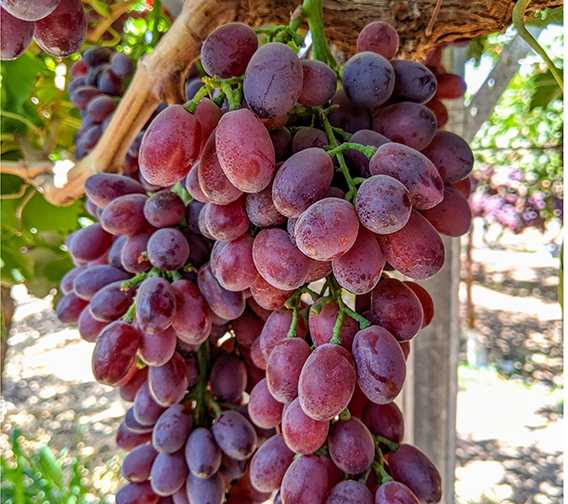Citrus Scientists Target HLB-Tolerant Trees: 2013 Florida Citrus Show Extended Content Coverage

Though there might not yet be a way to prevent HLB from infecting citrus groves, the prospect of a tree that’s bred to be HLB-resistant would solve a lot of problems. During the 2013 Florida Citrus Show, Ed Stover, research horticulturist at the USDA-ARS lab in Ft. Pierce, presented the latest on HLB resistance/tolerance in citrus scion development. While the USDA citrus scion breeding program has a lineage that represents a century of research discovery, Stover says the program continues to evolve to meet today’s most-pressing issues.
Citing earlier reports from different parts of the world of resistance to HLB in citrus dating back to the 1980s, Stover says more recent research has found relative to significant resistance among existing cultivars. “Temple shows a much-reduced infection rate compared to Minneola,” he said. Similarly, Fallglo and Sunburst scored better compared to sweet orange and Murcott.
Over the years, the grove at the Ft. Pierce lab has become ground zero for experiments involving HLB and its vector, the Asian citrus psyllid. According to Stover, progress is being made thanks to collaboration. He, along with scientists from UF/IFAS and University of California-Riverside, are taking a close look at trifoliate genes for HLB resistance among a diverse spectrum of citrus fruit. When mapped and identified, gene markers can be used in conventional breeding and in intragenics, Stover noted. This includes “near commercial quality,” Poncirus hybrids like Gnarlyglo, a sweet orange-like fruit with good resistance. “It’s ugly, but it has a niche market potential,” he said.
Looks aside, this navel with the alligator hide-like appearance is now being used in many crosses. In this case, it’s truly what’s inside that counts, Stover said. “Transgenics appear to be the most promising approach for strong HLB resistance and immunity.”









